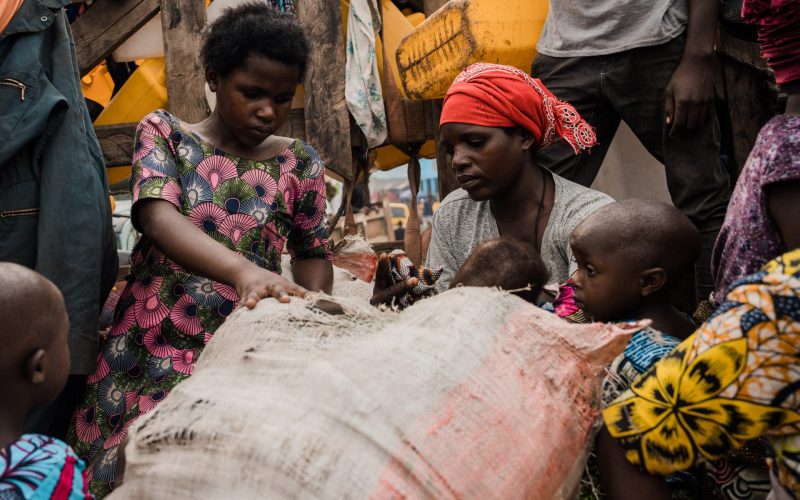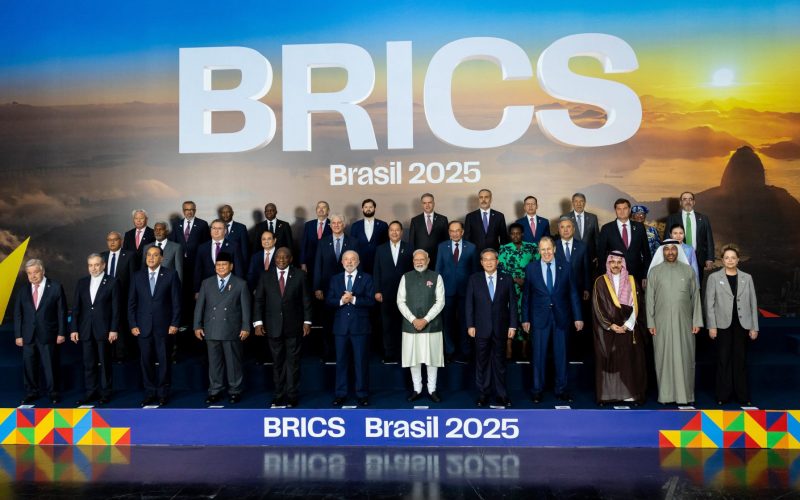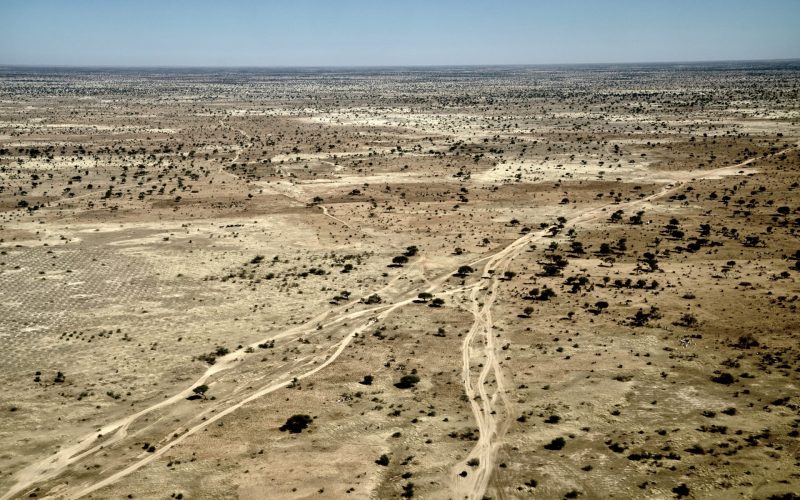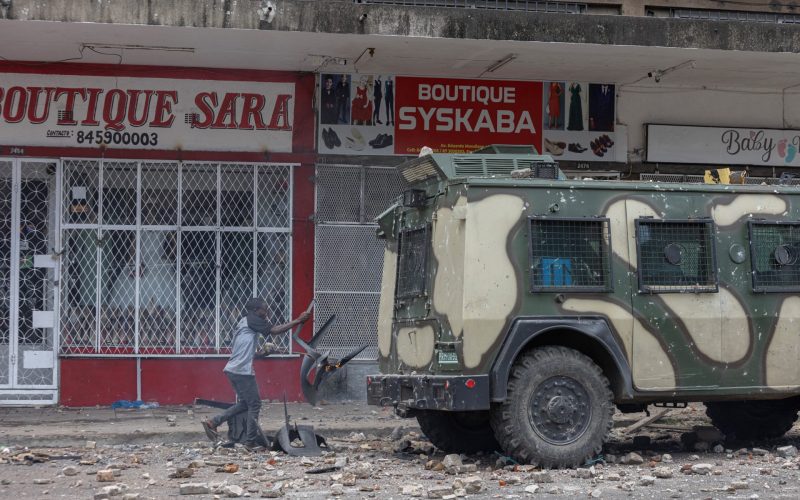These are the questions which research undertaken jointly by SAIIA and NYU’s Center on International Co-operation attempted to answer. The two-year, field-based project was funded by the Canadian International Development Research Centre.
The research consisted of two case studies that compared the peace, governance and development co-operation approaches of South Africa in the Democratic Republic of Congo and Turkey in Somalia, and attempted to assess their effectiveness in relation to the approaches of traditional donors.
Evidence from the two field studies show that while operating under different paradigms, principles and drivers, Southern providers not only bring substantive support to fragile states (in some years out-performing traditional OECD-DAC donors), but also achieve different types of results and responses from host countries. While it is yet difficult to discern a clear ‘Southern model for peace-building’, emerging economies play an important role in promoting peaceful and inclusive societies and accountable institutions, in their region and internationally.
These two case studies have been published, along with a comparative paper and shorter articles on the research. The findings of the research were presented at a number of policy dissemination events held in Johannesburg, Addis Ababa, New York, and Kinshasa during the course of 2015 and 2016. Further information on the outcomes of the research project can be found below.
Publications
- South Africa’s State-Building Role in the DRC: Kicking the Can down the Road, by Tjiurimo Hengari
- South Africa and the DRC: Evaluating a South–South Partnership for Peace, Governance and Development, by Neissan Besharati & Carmel Rawhani
- L’Afrique Du Sud Et La RDC: Évaluation D’un Partenariat Sud–Sud Au Service De La Paix, De La Gouvernance Et Du Développement, by Neissan Besharati & Carmel Rawhani
- Turkey in Somalia: Shifting Paradigms of Aid, by Gizem Sucuoglu & Jason Stearns
- Eyes on the Prize: South African business in the DRC, by Neissan Besharati & Gregory Mthembu Salter
- South-South Co-operation and Peacebuilding: Turkey’s Involvement in Somalia, by Jason Stearns & Gizem Sucuoglu
- South-South peace-building: lessons and insights from Turkey and South Africa’s support to fragile states, by Neissan Besharati, Carmel Rawhani, Jason Stearns & Gizem Sucuoglu








